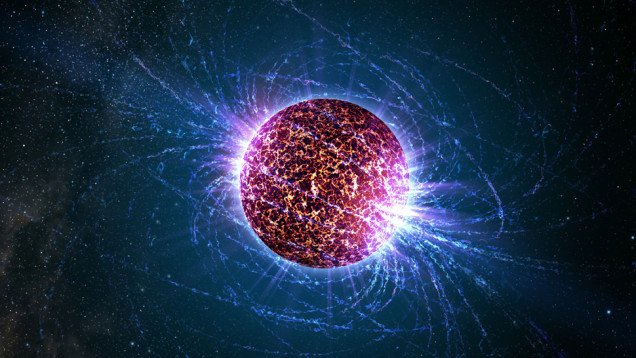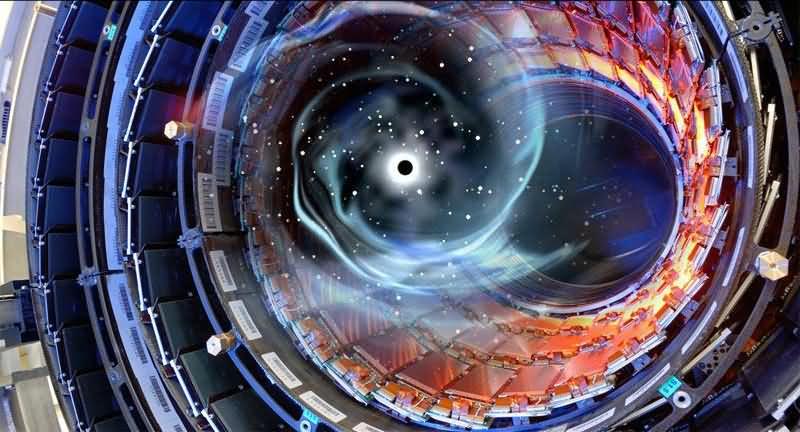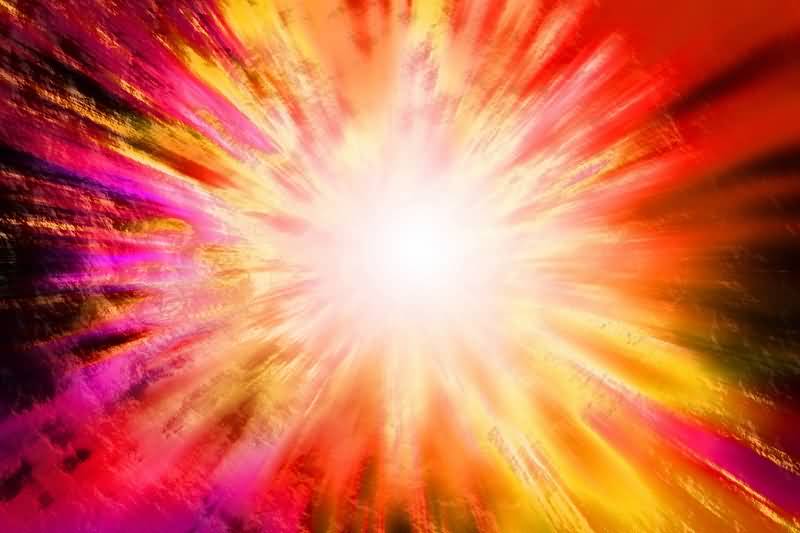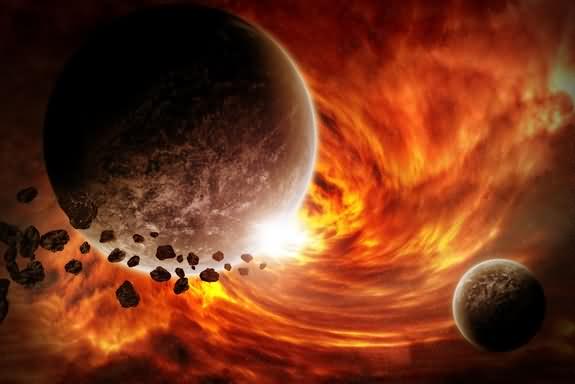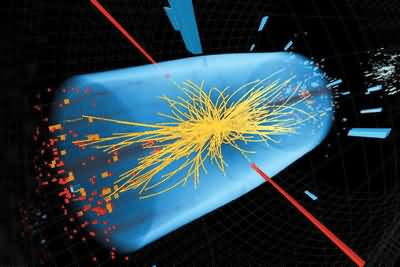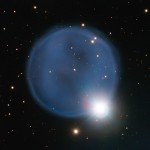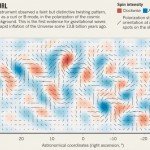Discovery of Tetraquarks and Quark Stars at Cern
I know I've been looking back a lot lately, but I won't go too far this time. Thinking back to the last two years, 2013 and this year saw some major discoveries. Perhaps we could call them anticipated discoveries in physics and astronomy (the last two discoveries weren't actually expected), but we shouldn't forget these two years. Major discoveries were made. Last year, the Higgs boson was discovered.Higgs Boson What is the Higgs Field?), according to the theory of general relativity, the universe expanded much faster than the speed of light in its early moments. If inflation is correct, it would release gravitational waves. This was proven by the discovery of these waves, and now the discovery of tetraquarks. For some reason, I remember writing an article about these tetraquarks, but I don't remember the title. We're experiencing some very positive developments, and I hope we see much more. Anyway, let's get to the point.
On April 9th arXivAn article published in reported the discovery of tetraquarks, in fact, Z(4430), by its original name. Although little is known yet and scientists haven't studied it in detail, this discovery has been made. In that article, I also wrote that the discovery of these tetraquarks (I still don't remember the name) was a possibility. This new particle is four times heavier than a proton and has a negative electric charge. As our understanding of this particle grows, so too will our understanding of neutron stars.
The building blocks of matter are leptons (electrons, neutrinos) and quarks (protons, neutrons, and other particles). Quarks are different from other particles. They have 1/3 and 2/3 of the electric charge of an electron and proton, respectively. They also have a distinct charge called color. Just as electric charges (positive and negative) interact with electromagnetic fields, color charges interact with the strong nuclear force. While there are two electric charges, there are three nuclear force charges: red, blue, green, and their opposites.
Due to the nature of the nuclear force, we never encounter a single quark. The nature of the nuclear force allows quarks to form groups of quarks that correspond to natural color, or colorlessness. For example, a proton consists of three quarks (two up quarks and one down quark). Each quark is composed of these three colors, and the combination of these three colors, as we recall, creates white light, or colorless light. By the same logic, these quarks also form colorless natural particles. Therefore, these charges are called colors.
These three quark groups, which naturally form colorless particles, are called baryons. Protons and neutrons are the most common baryons. Another way to obtain natural particles is through binary quark groups, consisting of a quark of any color and its opposite, anti-color quark. For example, two quarks, a green quark and an anti-green quark, form particles we call mesons, which were discovered in 1947.
There are other ways to obtain naturally colorless particles based on the rules of the strong nuclear force. One of these is tetraquarks (remember, tetra means four). Tetraquarks consist of two normal-colored quarks and two anti-colored quarks. The others are pentaquarks and hexaquarks. But all of these exist in the hypothesis. We can now say that tetraquarks are excluded. If the others exist, they are thought to be unstable along with the tetraquarks and therefore would split into mesons. It has been suggested that very strong evidence for tetraquarks has been discovered in the CERN experiments.

On the left is the structure of a standard neutron star. On the right is the structure of a theoretical quark star.
Tetraquarks may have the greatest impact on neutron stars. The standard assumption is that neutron stars are composed entirely of neutrons, with all their protons and electrons compressed into neutrons due to extreme gravity. Now, with the discovery of tetraquarks, it's thought that this gravity within a neutron star could interact with neutrons to form tetraquarks, even pentaquarks and hexaquarks. If this is true, it could lead to another hypothesis: the formation of quark stars. While the information so far is purely hypothetical, knowledge of tetraquarks could also change the understanding of neutron stars in astronomy.
As a final note, this discovery is actually the result of an analysis of the 2008 CERN experiment. Similarly, the discovery of the Higgs boson was actually an analysis of the 2008 CERN experiment. Of course, analyzing such an experiment would not be easy.

